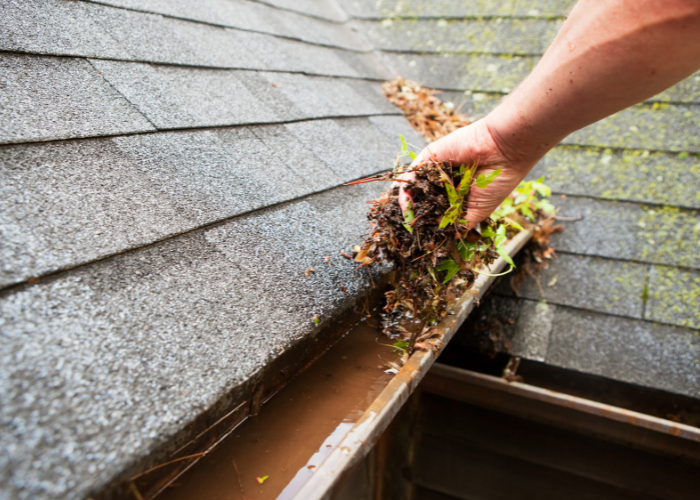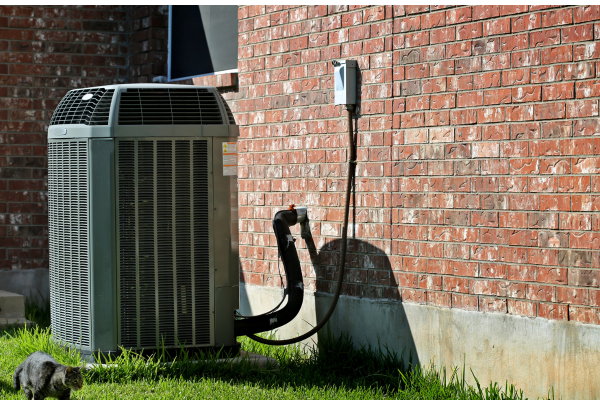Moving with Pets: Tips for a Smooth Transition
Moving can be a stressful experience for both humans and their furry friends. Whether you're relocating across town or to a new city, it's important to ensure a smooth transition for your pets. You can help alleviate their anxiety and make the move a positive experience for everyone involved!

Plan and Prepare
Moving with pets requires careful planning. Start by scheduling a visit to the veterinarian to ensure your pet is up to date on vaccinations and obtain any necessary medical records. If you're moving to a new area, ask your vet for recommendations on finding a new veterinarian.
Additionally, consider packing a "pet essentials" box with familiar items like their favorite toys, bedding, and food. Having these items readily available will provide a sense of comfort during the transition.
Maintain a Sense of Normalcy
Pets thrive on routine, so try to maintain their regular schedule as much as possible during moving. Stick to their usual feeding times, walks, and play sessions.
If you anticipate disruptions, such as moving furniture or loud noises, consider temporarily confining your pet to a quiet and secure area, like a spare room or a crate. This will help prevent them from getting stressed or lost amidst the chaos.

Secure Safe Transportation
When it's time to transport your pet to the new home, ensure their safety and comfort. If you're traveling by car, use a secure and well-ventilated pet carrier or harness. Make frequent stops for bathroom breaks and provide access to water.
For air travel, check with the airline about their pet travel requirements and regulations. Always consult your vet before flying with your pet to ensure they are fit for travel.
Introduce Them to the New Environment
Upon arrival at the new home, gradually introduce your pet to their surroundings. Start by confining them to a smaller, designated area with their familiar belongings and gradually allow them to explore other areas of the house.
Keep a close eye on them during this adjustment period and provide plenty of positive reinforcement and affection. Additionally, update their identification tags and consider microchipping them to ensure their safe return if they were to accidentally wander off in unfamiliar surroundings.
Ascent Property Management
Remember, your pets rely on you for their well-being, so provide them with extra care and attention during this time.
Feel free to reach out to us for any property management resources or assistance you may need. We're dedicated to helping landlords, tenants, and their furry residents thrive in their new homes.




Share this post





